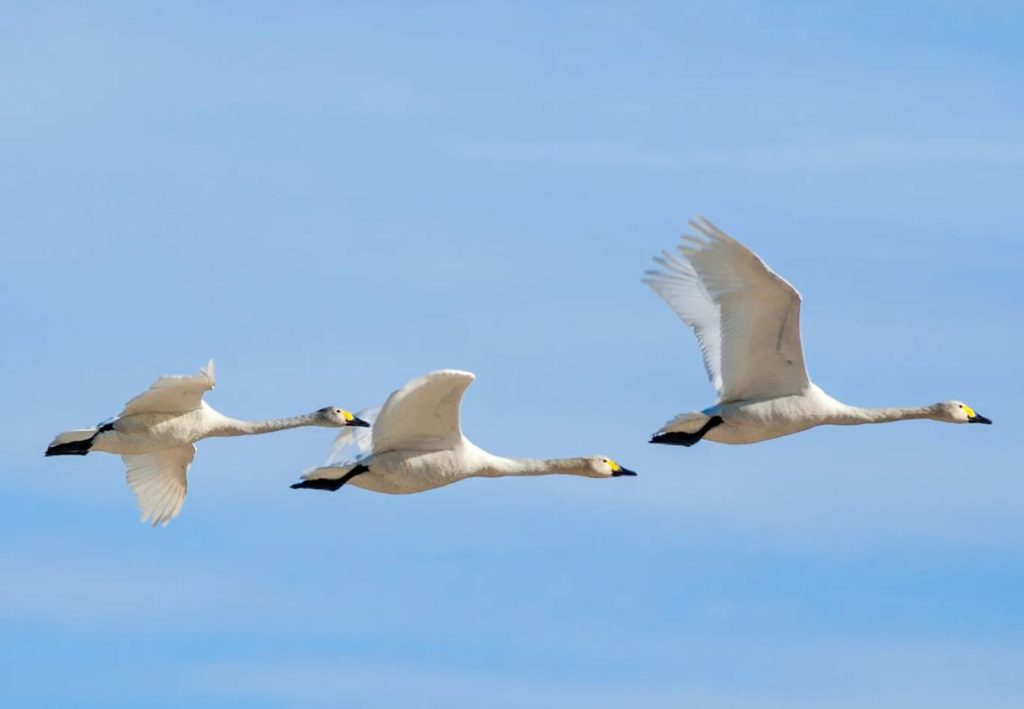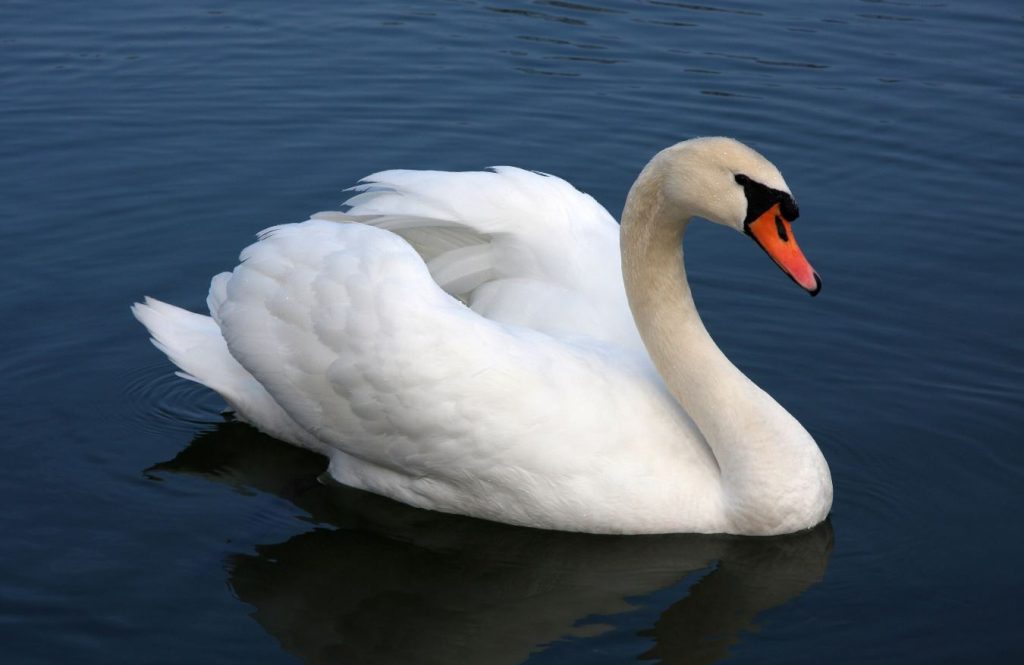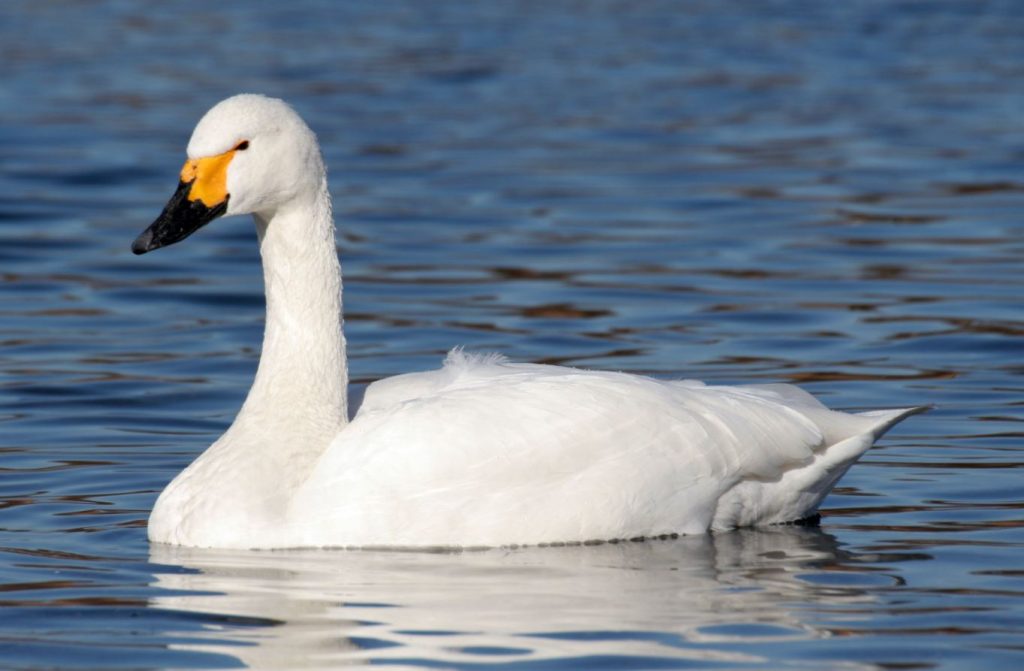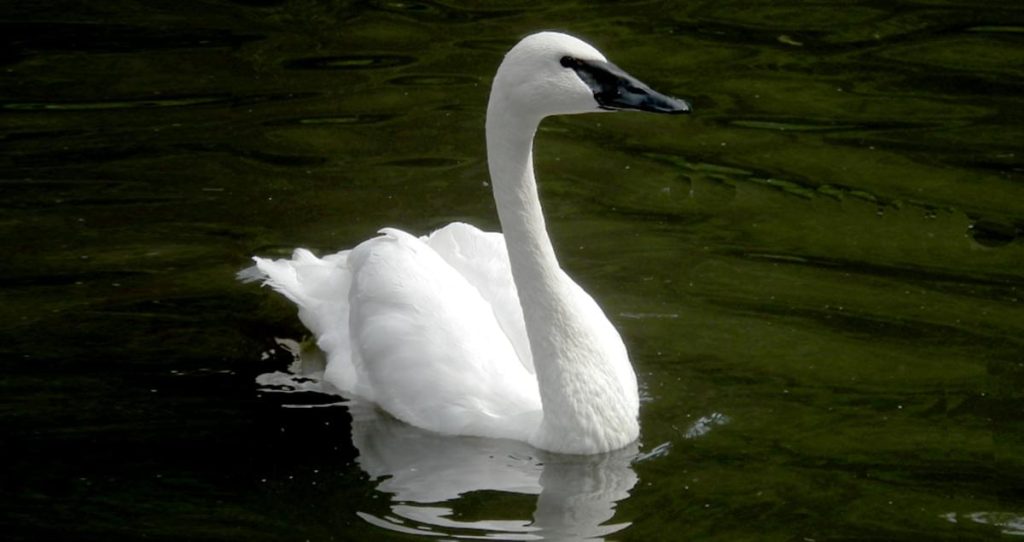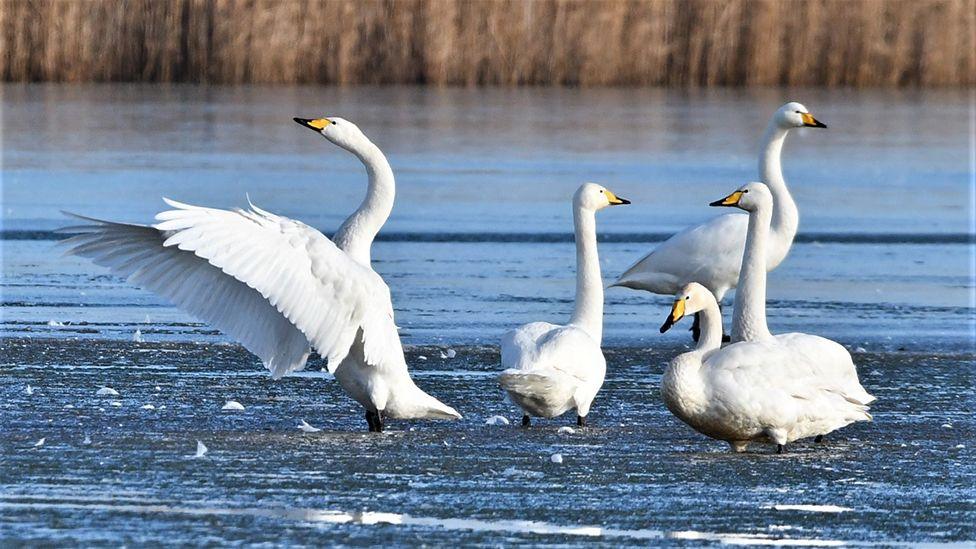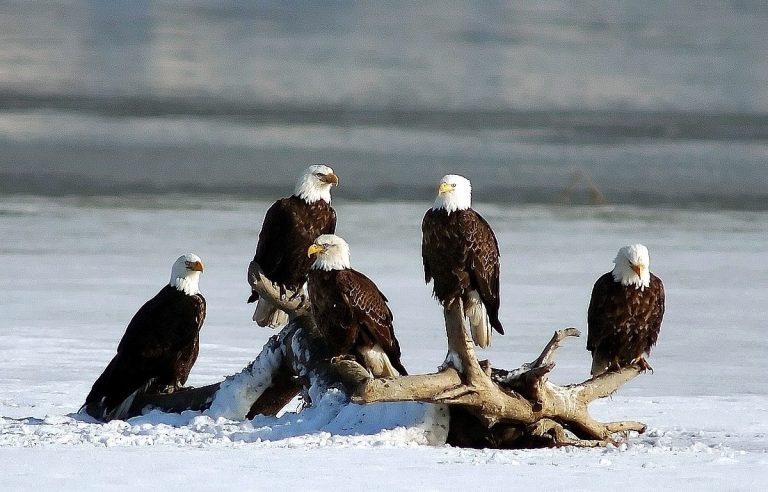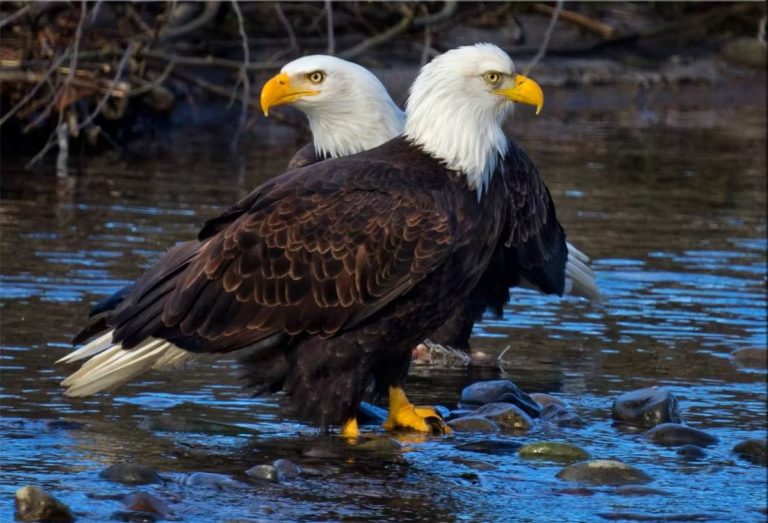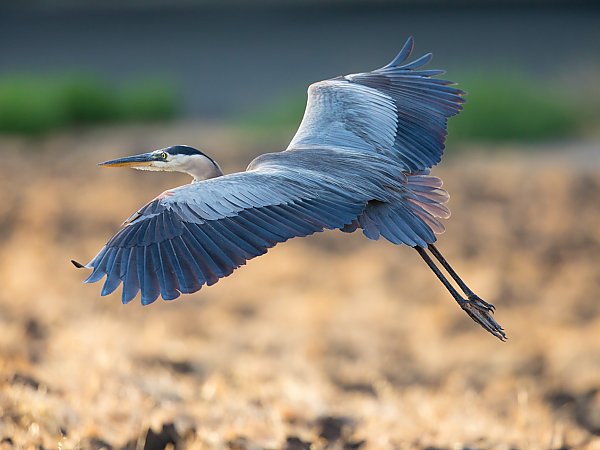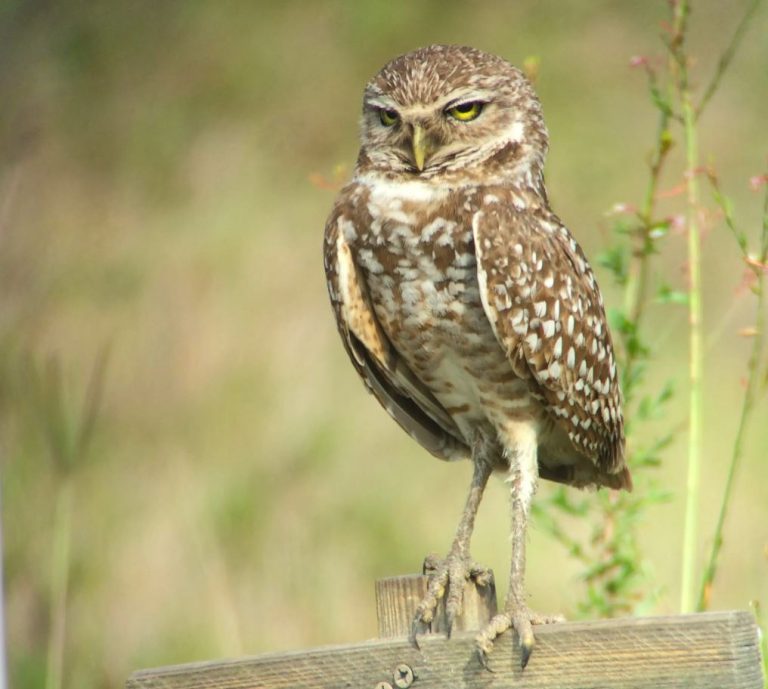Can Swans Fly? The Truth About These Graceful Giants in Flight
By Rifat Ahmed | Birdwatching Expert with 13+ Years of Experience
If you’ve ever seen a swan gliding across a quiet lake, you might wonder: Can swans fly? Their sheer size and elegance on water often make people assume they’re too heavy to take to the skies. But as someone who has spent over a decade observing these magnificent birds, I can tell you — not only can swans fly, but they are among the most powerful fliers in the avian world.
In this comprehensive guide, we’ll explore the incredible flight capabilities of swans, clear up common misconceptions, and uncover the secrets behind their long-distance migrations. We’ll also answer related questions like “Do swans fly?”, “Does swans fly?”, and dive deep into what it’s like to see a swan in flight.
Let’s soar into the world of swans flying.
Yes, Swans Can Fly — And They’re Surprisingly Powerful at It
Despite their large size, swans are strong, capable fliers. Most species can fly at speeds of 30 to 60 mph, and during migration, they can reach altitudes as high as 8,000 feet. Their wingspans — often over 6 to 10 feet, depending on the species — give them enough lift and strength to travel vast distances.
According to All About Birds, the Tundra Swan (Cygnus columbianus) can travel up to 4,000 miles during migration, proving just how efficient and essential flight is for these birds.
🦢 “Tundra Swans undertake one of the longest migrations in North America, traveling thousands of miles from Arctic breeding grounds to wintering sites.” — All About Birds
Why the Confusion? Why Some People Think Swans Don’t Fly
It’s easy to understand the misconception. Here’s why people often assume swans can’t fly:
- Swans are commonly seen on water, not in the air.
- Their large size and weight (up to 30 lbs for some mute swans) make them seem grounded.
- Takeoff appears awkward: they require a long runway — often running across water while flapping hard — before becoming airborne.
- In some parks or urban settings, wings of swans are clipped to keep them from flying away, further reinforcing the belief.
But in the wild, flight is a core part of a swan’s life, especially during migration and when searching for food or territory.
Swan in Flight: What It Looks Like
Watching a swan in flight is an unforgettable experience. Their massive wings beat slowly but powerfully, producing a distinctive “whooshing” sound that you can hear from far away.
🎧 Fun Fact: The sound of a flying swan’s wings is so loud, it can be heard from over 100 feet away.
They stretch out their long necks straight forward and tuck their legs backward, creating a graceful, streamlined shape in the sky. In flocks, swans often fly in V-formations, much like geese, to conserve energy.
Species Spotlight: Which Swans Can Fly?
Let’s break it down by species. Here are the major swans in North America and globally, and their flight abilities:
1. Mute Swan (Cygnus olor)
- Can it fly? Yes.
- Flight speed: ~30–50 mph
- Range: Native to Europe, introduced to North America
- Known for their elegant posture and silent nature, mute swans can fly, but they tend to be less migratory.
2. Tundra Swan (Cygnus columbianus)
- Can it fly? Absolutely — and migrates thousands of miles.
- Flight range: Alaska to the U.S. Atlantic Coast
- One of the most long-distance migrators, as mentioned by All About Birds.
3. Trumpeter Swan (Cygnus buccinator)
- Can it fly? Yes.
- Flight characteristics: Powerful flier with slow, deep wingbeats
- North America’s largest native waterfowl, often mistaken as flightless due to their size, but fully capable fliers.
4. Whooper Swan (Cygnus cygnus)
- Can it fly? Yes, and often migrates across Europe and Asia.
- A Eurasian species known for its trumpeting call and strong migratory behavior.
Swans Flying in Migration: A True Aerial Journey
Migration is the ultimate showcase of a swan’s flying power and endurance. While swans appear serene and slow-moving on the water, in the air, they transform into long-distance flyers capable of traversing thousands of miles across continents. Migration isn’t just a seasonal behavior — it’s a life-sustaining journey, driven by the need for food, open water, and safe nesting areas.
V-Formation: Nature’s Flight Efficiency
Swans typically migrate in family groups or large flocks, often forming a V-formation in flight — a time-tested strategy also used by geese and other migratory birds. This pattern helps reduce aerodynamic drag, allowing the birds behind the leader to expend less energy by flying in the upwash of the bird ahead.
Each swan takes turns leading the formation, ensuring that no one bird becomes overly fatigued. This cooperative strategy not only improves efficiency but also keeps the flock more coordinated and protected against predators.
🧠 Interesting Fact: Studies show birds flying in V-formations can conserve up to 20–30% more energy compared to flying solo.
Epic Routes Across Continents
Swans undertake some of the longest migratory journeys in the bird world, with different species following distinct flight paths depending on their breeding and wintering grounds.
🧭 Tundra Swans
- Route: From Arctic Canada and Alaska to the Atlantic Coast, California’s Central Valley, and inland wetlands like the Great Salt Lake.
- Distance: Up to 4,000 miles.
- Timing: Southward migration begins in late September; return north in March–April.
- Highlights: One of the most breathtaking examples of swan in flight, often seen over flyways such as the Mississippi and Pacific.
🧭 Trumpeter Swans
- Route: Local and regional migrations across North America, especially in the northern Rockies and Midwest.
- Distance: Typically shorter, often under 1,000 miles.
- Behavior: In colder regions, they move to find ice-free water, but some populations are year-round residents in temperate zones.
🧭 Whooper Swans
- Route: From northern Russia and Iceland to the UK and Western Europe.
- Distance: Often between 1,500–2,500 miles depending on the breeding location.
- Highlights: Known for their trumpet-like call during flight — an iconic sound of winter migration in Europe.
The Importance of Stopover Sites
Swans don’t complete their migrations in one go. They depend on critical stopover sites to rest and refuel. These include:
- Wetlands and marshes
- Lakes and reservoirs
- Coastal estuaries
At each stop, swans feed heavily on aquatic vegetation, grains, and invertebrates to replenish the energy lost during sustained flight. These sites are vital — without them, many swans wouldn’t survive the journey.
🌿 Conservation Note: Habitat loss at stopover sites poses a serious threat to migratory swan populations. Protected wetlands help ensure safe resting points along their flyways.
Flight Altitude and Conditions
Swans typically fly at altitudes between 1,000 and 4,000 feet, though some have been recorded at over 8,000 feet, especially when crossing mountainous terrain or navigating long stretches of open land.
They often migrate at night or during dawn and dusk when the air is cooler and more stable, making flight more energy-efficient. Clear weather and favorable wind patterns are essential, and swans may delay migration if storms or strong headwinds are present.
The Role of Family During Migration
One remarkable feature of swan migration is that families migrate together. Parents guide their young (called cygnets), teaching them migratory routes and stopover locations. This learned behavior is passed down through generations — a critical survival skill in the wild.
Young swans often stay with their parents throughout the entire first migration and don’t gain full independence until the following year.
Migration as a Test of Endurance
Swan migration is not without challenges. Long flights test their:
- Physical stamina
- Navigation skills
- Ability to find food and shelter
Yet year after year, these birds return to the same breeding and wintering grounds, often using celestial cues, landmarks, and Earth’s magnetic field for navigation.
Watching swans flying in synchronized formation, honking softly, silhouetted against a sunrise sky, is one of nature’s most moving spectacles — and a testament to their resilience and navigational mastery.
How Swans Take Off and Land
Unlike smaller birds, swans need a running start across water to take flight. They paddle with their feet and flap their wings vigorously to generate lift.
This “taxiing” behavior can last for several seconds before they rise into the air. It’s not graceful at first — but once airborne, they’re majestic.
Landing is similar. Swans extend their feet forward and use them like water skis to glide across the surface before coming to a stop.
Do All Swans Fly? Situations Where They Don’t
1. Domesticated or Park Swans
Swans raised in parks or private lakes often have their wings clipped, which involves trimming primary flight feathers. This is a humane but limiting practice that keeps them from escaping.
2. Injured or Molting Swans
Swans go through a molting period in summer, during which they temporarily lose flight feathers. During this time, they cannot fly and are more vulnerable to predators.
3. Young Cygnets
Baby swans (called cygnets) cannot fly until they are 3–4 months old. They rely on their parents for protection during this period.
Swans Flying vs Other Birds
How do swans compare with other strong fliers like geese or pelicans?
| Bird | Max Wingspan | Flight Speed | Migration Distance |
|---|---|---|---|
| Swan | 10 ft | 50–60 mph | 1,000–4,000+ miles |
| Goose | 6 ft | 40–50 mph | 1,000–3,000 miles |
| Pelican | 9 ft | 30–35 mph | Local migrations |
| Eagle | 8 ft | 35–50 mph | Hundreds of miles |
Swans are among the heaviest flying birds in the world — their ability to sustain long-distance flight despite this is truly remarkable.
Common Questions About Swans Flying
✅ Do swans fly at night?
Yes, especially during migration. Many species, such as tundra swans, fly at night to avoid predators and take advantage of cooler temperatures and stable air currents.
✅ How far can swans fly without stopping?
Swans can travel up to 1,000 miles in a single nonstop flight, although they usually rest along the way. Weather conditions and wind patterns greatly affect this.
✅ Does swans fly over mountains?
Yes, especially species like the whooper swan and tundra swan. They’ve been recorded flying over mountain ranges and even at altitudes above 8,000 feet.
✅ Do swans return to the same nesting area?
Most wild swans are highly site-loyal and will return to the same territory year after year, sometimes traveling thousands of miles to do so.
Final Thoughts: Swans Can Fly — And It’s Spectacular
So, can swans fly? Yes — and they fly with power, purpose, and beauty. From thundering wingbeats echoing across northern wetlands to elegant glides above glassy lakes, swans in flight are a symbol of strength and grace.
Whether you’re a beginner birder or a seasoned watcher like me, seeing swans flying in formation is a moment that stays with you.
Next time someone asks “do swans fly?” or wonders “does swans fly?” — you can confidently say yes, and share the remarkable facts that make swans some of nature’s most fascinating fliers.
FAQs
Q: Do swans really migrate thousands of miles?
Yes, species like the Tundra Swan can migrate over 4,000 miles annually, from Arctic breeding grounds to U.S. wintering areas.
Q: Why do swans look awkward when taking off?
Due to their size, swans need a long running start across water to generate enough lift for flight.
Q: Can baby swans (cygnets) fly?
No, cygnets cannot fly until they are at least 3–4 months old. They first grow flight feathers before taking off.
Q: Are there flightless swans?
Only domesticated swans with clipped wings or swans during molting are temporarily flightless.
Q: What’s the difference between swan and goose flight?
Swans are generally larger and more powerful fliers, capable of longer migration and higher altitudes than most geese.


